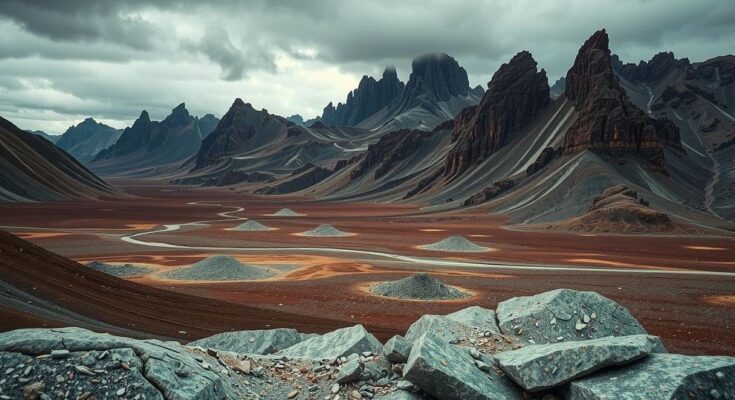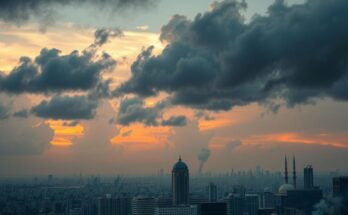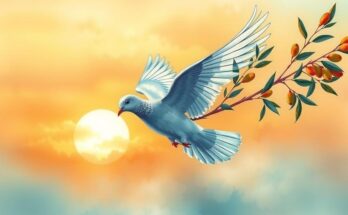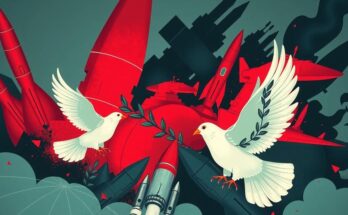Fighting in the DRC has led to over 3,000 deaths in two weeks, with the AFC rebel group capturing resource-rich areas. The conflict stems from control over minerals like coltan and cobalt crucial for electronics. Despite significant resources, most in DRC remain impoverished; expert calls for governance reform highlight solutions to the ongoing turmoil.
Recent fighting in the Democratic Republic of Congo (DRC) has resulted in over 3,000 deaths within a two-week period. The violence, spurred by the rebel coalition Alliance Fleuve Congo (AFC) and Congolese forces, has seen the AFC capture Nyabibwe and Goma, the provincial capital of North Kivu. The M23 group, part of the AFC, claims to defend the interests of minority Rwandophone communities in the region.
Historically, the DRC has been plagued by violence stemming from armed groups seeking control over its mineral-rich resources. The country possesses the world’s largest reserves of cobalt and coltan, which are vital for electronics manufacturing. Despite its wealth, the World Bank reports that most Congolese citizens have not benefited from these resources, with the DRC being ranked among the poorest nations globally.
The conflict is largely driven by control over natural resources, according to experts like Jean Pierre Okenda, an analyst on extractive industries. With mining areas largely occupied by rebels, access to these resources plays a critical role in financing ongoing conflicts. The high global demand for cobalt and coltan further exacerbates the situation, fueling the war and suffering.
The rebels, particularly M23, control key mining areas and benefit financially from the coltan trade. United Nations estimates suggest that the coltan extraction from Rubaya generates substantial income for the rebel group, highlighting the intertwining of conflict and economic gain. Although the M23 denies financial claims, the international community has accused Rwanda of supporting these rebels and benefitting from DRC’s mineral wealth.
Investigations have shown that a significant amount of minerals, including coltan, are smuggled from DRC to Rwanda and then to international markets. President Kagame of Rwanda acknowledged that minerals from DRC transit through Rwanda, although he denies any theft of resources. Reports indicate that smuggled DRC gold is refined in other nations, particularly in the UAE.
In 2022, the US Treasury noted that over 90% of DRC’s gold is smuggled out of the country, with tech companies such as Apple facing lawsuits for allegedly sourcing conflict minerals. Despite claims of responsible sourcing, the full extent of mineral exploitation and its ties to armed groups remain concerning.
Analyst Okenda describes the DRC’s mineral wealth as a “curse” that contributes to conflict and ecological issues. Recent humanitarian efforts, including ceasefires, have repeatedly failed, indicating the complexity of achieving lasting peace. Okenda suggests that the DRC government must transform its governance model to foster equitable resource distribution and improve conditions for its citizens, which may lead to sustainable peace.
The ongoing violence in the DRC highlights a tragic cycle where mineral wealth leads to conflict rather than prosperity for its population. Powerful armed groups continue to exploit these resources, causing immense suffering and hindering the country’s potential. Effective governance and equitable resource management are vital for breaking this cycle and achieving lasting peace for the Congolese people.
Original Source: www.cnn.com




